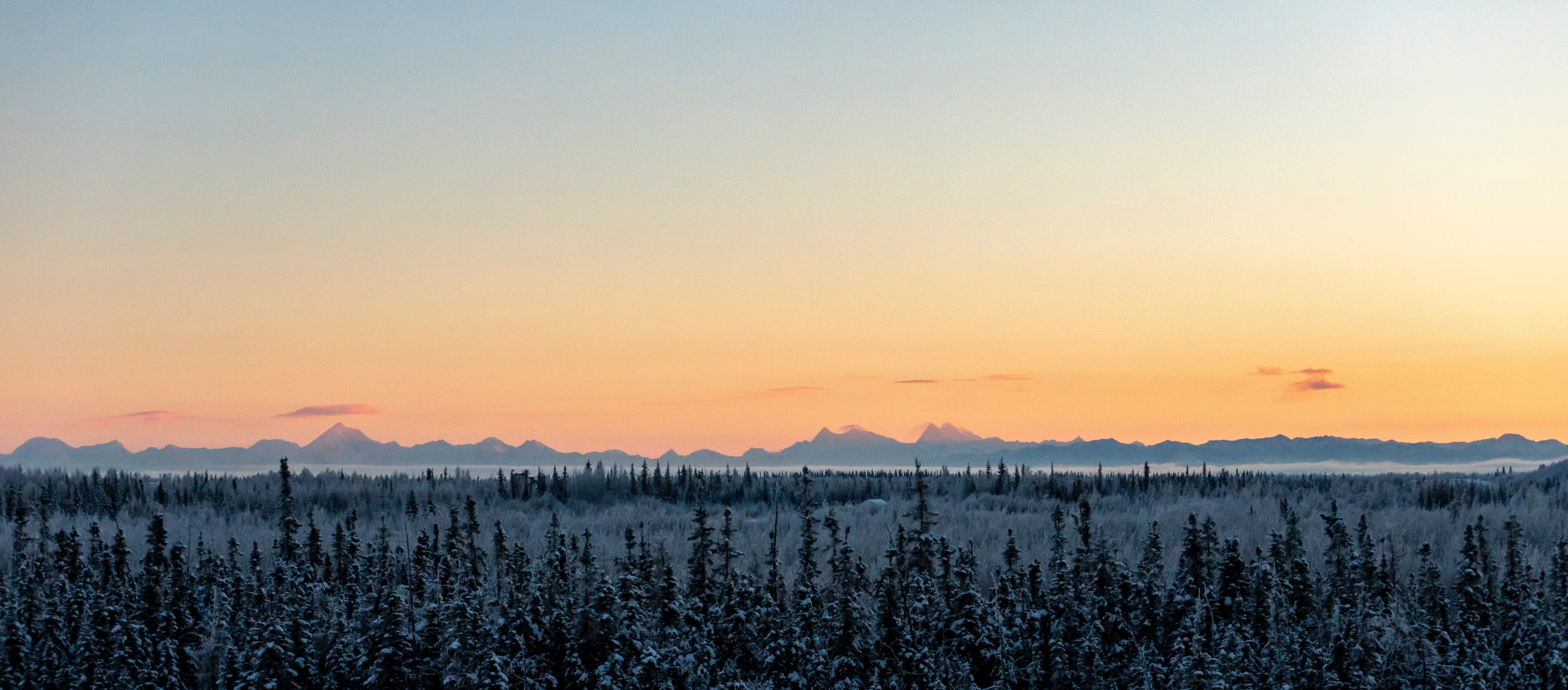The North Slope of Alaska is the most accessible and cost-effective way to extract oil from low-grade, heavy or sour crude. Although other locations exist throughout the world, the Alaskan North Slope remains one of the most productive regions for oil extraction in the world. The North Slope is an area approximately 2,000 miles north of the United States Gulf Coast and serves as a transition zone between southern and eastern ecosystems. It’s known as “America’s Arctic” for its dramatic scenery and isolation from human influence. The Alaskan North Slope has subarctic weather patterns with long periods of darkness during winter; prolonged daylight during summer; and short summers that are followed by long winters.
The Alaskan North Slolla also contains a wealth of natural resources that have made it one of the most important areas in the country for energy exploration, production and transportation of crude oil . The region has over 80 billion barrels of undisturbed resources estimated to contain 29 billion barrels of recoverable oil deposits with additional potential resources not yet identified but likely to be present as well. This article provides you with an outline on what you need to know about crude oil produced in Alaska north slope before investing in it as an oil investment opportunity or resource supply source for your business operations or home heating system.
What is North Slope Crude Oil?
This crude oil is extracted from fields in Prudhoe Bay, the Trans-Alaska Pipeline System, and on the coastal plain of Alaska.
North Slope Crude Oil has a sulfur content of 0.4%, which makes it suitable for refining into gasoline products like diesel fuel and heating oil. Although North Slope Crude Oil is considered light crude oil because of its low sulfur content, the quality of this crude oil is below that of other crudes such as those found in Nigeria and Iraq. North Slope Crude Oil has a high carbon content with an API gravity at 11-12 degrees while other oils have an API gravity between 20 degrees and 25 degrees.
The quality of North Slopes crude oil is also affected by its mobility. The North Slope crude oil is slow to move through reservoirs due to being heavy and viscous in nature, making it difficult to extract via drill or pump technology. However, these characteristics are beneficial for transport pipelines, allowing for a more streamlined pipeline with fewer pumping stations where liquid can be pumped into the pipeline, thereby reducing the cost to produce a barrel of crude oil.
History of Production from North Slope
In the late 1950’s, oil companies began exploring for crude oil on the North Slope of Alaska. In 1959, there were 3 wells in operation and production was just five barrels of oil a day.
The first commercial discoveries of crude oil were made in 1961 when over 200 wells were being drilled on the North Slope. These discoveries led to a major increase in production from just 5 barrels a day in 1959, to more than 100,000 barrels per day by 1962.
After 1979, crude output from Alaska weakened as new technologies made it possible to extract more from existing resources. By 1990, production had declined below its 1979 levels and there was no comparable increase with continued exploration in subsequent years.
Oil is produced on the North Slope using both conventional drilling techniques and hydraulic fracturing (fracking). Before 1980s when fracking went into use, conventional drilling was the most common method used to extract crude oil on the Alaskan North Slope .
Safety and Environmental Concerns with North Slope Crude Oil
There are three main concerns regarding the production of crude oil in Alaska: pollution, safety, and greenhouse gas emissions. These factors may vary somewhat depending on the specific extraction project but all are important to consider.
First is the concern of pollution. Crude oil production makes use of a wide range of toxic substances such as hydrogen sulfide, benzene, sulfuric acid, and mercury that are generated either during the process or by accidents. Although these substances have been monitored for many years to ensure their safe handling and release into open air, some have reached levels that pose a threat to human health or surface water quality.
The second concern is safety. There are key safety risks associated with North Slope crude oil production including equipment failures and explosions due to careless handling at well sites; pipeline ruptures that can cause spills; pipelines puncturing roads and highways; accidents involving trains carrying Alaskan North Slope crude oil through populated areas; and significant losses in revenue from supply disruptions.
Lastly is greenhouse gas emissions or climate change. All fossil fuels emit carbon dioxide when burned which contributes to global warming. The extraction process also releases methane gas – an even more potent greenhouse gas than carbon dioxide – into the atmosphere via vents in wells drilled for extraction purposes. There has been much controversy over whether the release of greenhouse gases from Alaska’s crude oil production poses a greater risk than other forms of fossil fuel extraction because it will lead to greater global climate issues.
Properties of North Slope Crude Oil
The North Slope crude oil has a high viscosity and heavy weight. They are characterized by a low specific gravity and large molecular volumes. The high molecular weight makes them harder to transport and liquefy for further processing.
As it is hard for crude to be transported through pipelines in the Arctic climate, tankers have been used to transport the crude from the Alaskan North Slope to refineries on the U.S. Gulf Coast since the 1970s.
Crude Oil Production
In the late 1960s, an oil company set up three wells on Alaska’s North Slope in anticipation of increased exploration activities throughout Alaska; however, these wells were quickly shut down due to declining oil prices during this period.
The first commercial discovery of oil on the North Slope was made in 1968 at Prudhoe Bay, where two wells were drilled into an underlying salt diapocrystal formation (a geologic formation that contains layers of salt). Prudhoe Bay is now, one of three Alaskan North Slope operations that account for approximately 20 percent of all U.S.-produced crude oil.
The second discovery was made in 1971 at Lisburne Field, where oil was discovered after drilling into a bearing sandstone formation (a geologic formation consisting primarily of sediments or marine clays). Today there are five fields on the North Slope production sittes that contribute around 10 percent of all U.S.-produced daily oil.
North Slope Crude Oil Price
A number of oil price reporting agencies publish the daily price of North Slope Crude Oil, which is used in physical and financial oil trades globally. Phycomex helps with the procurement of this commodity data, like the cost of North Slope crude oil today for instance. Our clients typically reduce oil market data costs and subscription by up around 20%.
Properties of Alaska North Slope Bitumen
The properties of Alaska North Slope Bitumen are often different from other types of crude oils. Here are a few examples:
– The Alaskan North Slope oil is a mix of heavy and sour grade crude that has a high viscosity.
– It is less dense and more viscous than other types of crude oils.
– It’s usually dark in color
– It contains higher amounts of sulfur and ash minerals
– It consists mostly of paraffins, naphthenes, aromatics, and terpenes.
– The Alaskan North Slope oil has different physical properties than light or sweet crudes like WTI (West Texas Intermediate) or Brent Crude.
Alaska North Slope crude oil is produced using the two main methods: cyclical steam flooding (CSF) and continuous steam injection (CSI). As an example, at its peak production in the 1970s, Alaska North Slope produced around 40% of total U.S. oil production with CSF operations that were used to recover heavy oil from underlying formations at depths between 500 to 1,000 feet below ground level . Over time, CSF operations moved closer to surface level as new technologies were developed for recovery from near surface deposits . The success of these advancements led to a decline in the use of CSF operations as they have become less economical for production recovery due to decreased pressure support needed for drilling depth recovery wells.
Future Prospects for Production and Transport of Alaska North Slope Bitumen
As the world’s oil production continues to grow and demand for petroleum products remains strong, crude oil production in Alaska will continue.
The most important consideration to have when analyzing opportunities in the North Slope region is the scope of infrastructure that has been established there, which provides high levels of accessibility and efficiency. The Alaskan North Slope is home to major transportation hubs like Prudhoe Bay, Deadhorse and Fairbanks, which are connected by rail and roadways.
The future prospects for crude oil production in Alaska and transport may be limited by large projects already underway or under development. The Keystone XL Pipeline, for instance, would cross through Alaska’s northern region, which could lead to potential environmental consequences as a result. In addition, the North Slope area is being developed with natural gas pipelines from Prudhoe Bay to Canada . The additional use of infrastructure could impact what crude oil production can expect over the next five years or so.
Conclusion
North Slope Crude Oil is a dark, heavy, viscous crude oil. It is extracted from the North Slope of Alaska and is transported by pipeline in Alaska and Canada. The chemical properties of the oil are unique and make it difficult to refine into conventional oil. The history and production of North Slope Crude Oil is significant because it has helped with the development of new refining techniques.






0 Comments